Was she real - Queen Medb – who is buried in Cruachan Aí (Rathcroghan)? What about the Táin Bó Cuailnge, the Mórrígan or Cú Chulainn? What truth underlies our national epic tale?
“I would say she exists, but not in the form that we might think. She is all around us still, particularly farmers.”
This is the view of Rathcroghan visitor centre guide Mike McCarthy. However, if you have strong contradictory feelings, I suggest that making the trip to Tulsk, Co Roscommon, to the seat of the infamous queen might be enlightening for you.
“It’s like our Iliad, our Odyssey. And what is lovely for us here in Cruachan Aí, the ancient capital of Connacht, is that it not only begins here, but it ends here as well,” Mike tells me as we meander around the varied displays throughout the centre.

Visitor centre manager Daniel Curley in Oweynagat (Uaimh na gCat / Cave of the Cats), described by early Christian scribes as the ‘Gate to Hell’ .
\ Philip Doyle
One of six royal sites in Ireland, Mike’s (completely unbiased!) view is that Rathcroghan is the oldest and best. It’s also the biggest, spread out over four square miles.
Run by Tulsk Action Group – so in effect the local community – the museum employs up to 17 staff between historians, community service workers, part-time and seasonal staff. A not-for-profit organisation, anything made goes back into the keep of the site and museum and promoting it. And uniquely for a county museum, it is home to 35 artefacts on loan from the National Museum in Dublin.
Our Irish timeline
The museum’s timeline of Irish history begins 6,000 years ago in the Neolithic period, with the first farmers coming to Ireland.
“Good farmland and farming are the reason that there are still 240 monuments here, dating back to this time and then through into the medieval period. The reason we have them is farmers minded them and the EIP [see below] seeks to ensure that this isn’t the last generation to do so,” explains Mike.
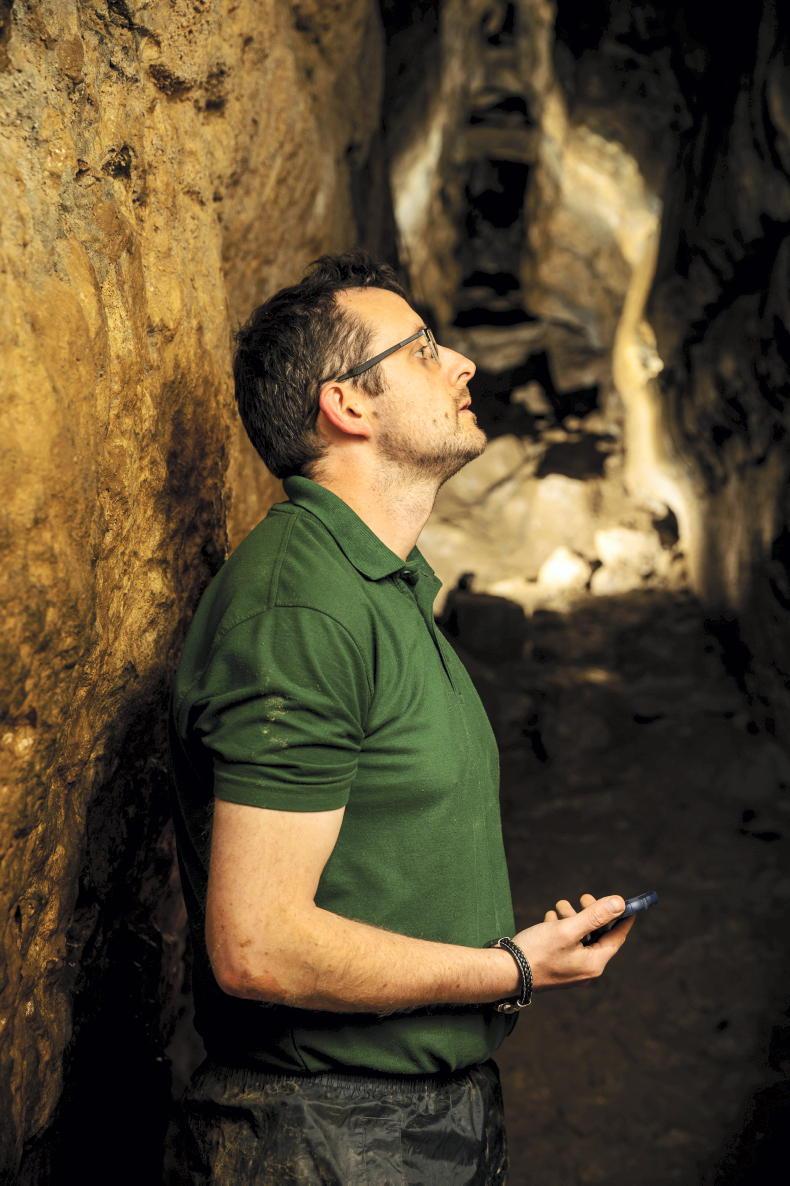
Before the Vikings started to build the first towns in Ireland, it was a smaller, more scattered rural farming population largely covered in bog and forest. If a king was to be crowned, it was done at a time of a seasonal mass assembly, during one of the four traditional Irish festivals of Imbolc, Bealtaine, Lughnasa and Samhain, on a landscape like Cruachan Aí.
It also held another function, Mike assured me, which the medieval monks recorded in their descriptions of this area. “They regarded it as one of the three great heathen cemeteries of Ireland, a burial ground for kings of Connacht…”
“And Queens?,” I prompt.
A further point of difference is that in the modern-day sense, Cruachan Aí is not excavated, it’s untouched.

“Everything we know about it comes largely from geophysical surveys. From the 1990s that technology improved and the university in Galway began a large-scale project to literally show you what lies beneath. This was the impetus for the visitor centre,” Mike says.
Although unexcavated, what you can see includes prehistoric burial mounds, ringforts, standing stones, linear earthworks, stone forts and the Irish gate to hell.
A walk through history
A bypass will soon take traffic from Tulsk, Ballinagar, Strokestown and Frenchpark and these give small rural villages a bit more space. The Rathcroghan Centre manager Daniel Curley says there are two ways you can look at this development.
“You take that artery away from the villages and things that are on a downward turn could be sent even further in that direction; but the way we will look at it, is to use it as an opportunity?.
“I actually had a meeting yesterday about an active travel initiative that’s being proposed, which would link Tulsk to Rathcroghan to the archaeology by walking trails and cycling routes. That would link up with a project that we’ve already received funding for. This is a way-marked walking trail that would bring visitors on a 13km loop through the sites. Over half a million euros has been secured from the outdoor recreation infrastructure scheme (ORIS).”
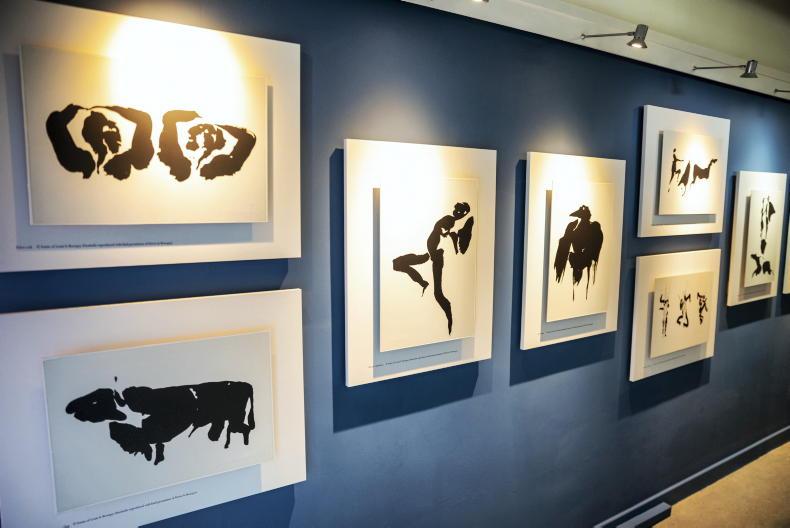
A history teacher, Daniel started working as the visitor centre education officer initially but it was a mentor, Dr Kieran O’Connor from the Department of Archaeology in Galway, that pushed him, saying: “You could be the one to bridge the gap between the archaeologists, heritage-interested, folk and tourist visitors and farmers.”
The necessity for this, he explains, was that “there were massive gaps between the custodians of the land and those that were making – albeit an incredibly small dividend, economic, employment, or social advantage by bringing visitors out here. So, it’s a deliberate attempt on our part to close those gaps.”
An initial meeting of the group brought together three farmer representatives, archaeological interests, the visitor centre staff and the heritage officer. The realisation was that the way things were, no one was at any great advantage farming or archaeologically and Rathcroghan was not being considered properly either.
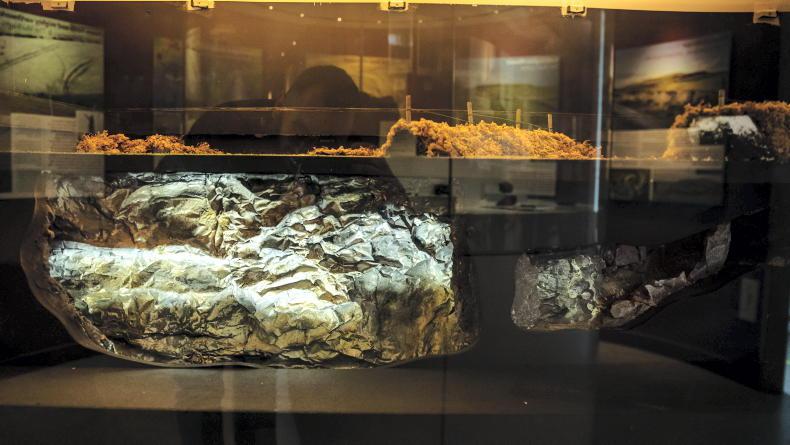
The museum’s timeline of Irish history begins 6,000 years ago in the Neolithic period.
A collaboration was required, which was the drive to get Farming Rathcroghan, a European Innovation Partnership (EIP), funded over a five-year period.
Of the imminent end of the project, Daniel – who is secretary of the EIP – admits: “We are all currently pulling our hair out to try to figure out how to get it re-funded and expanded.”
Archaeology and farming together
Tulsk sits 60m above sea level, but as Daniel and I sit in the car park at the foot of the mound, we are 120m above sea level. Our short walk to the top puts us at 150m, a 90m rise in 3.5km.
The views in all directions are phenomenal. “It’s no coincidence that the archaeology is perched there to take advantage of that,” says Daniel.
Why does Daniel come at this from a height point of view?
“As you get above the 120m contour line, that’s when the archaeology blooms but it’s also when we see huge limitations and restrictions on what a farmer can do out here,” he explains.
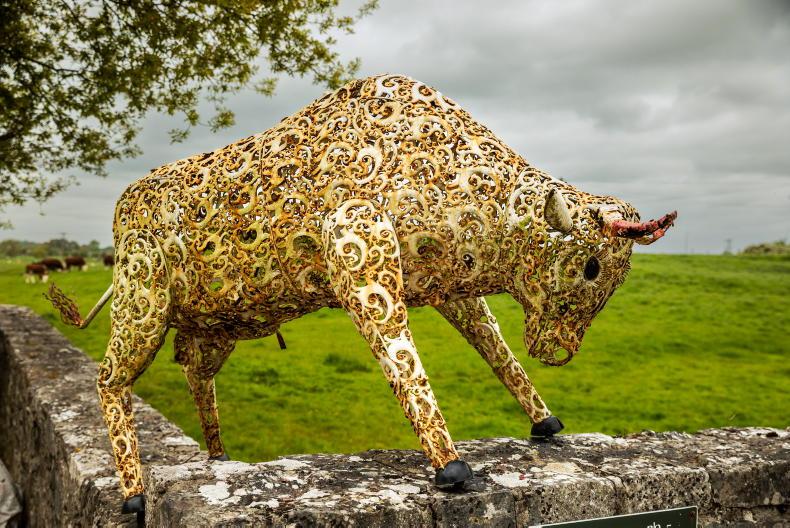
Rathcroghan visitor Centre’s Táin Bó Cuailnge.
“There is a map layer, which we refer to as the archaeological zones of notification, so around a ringfort, you might have a 5m buffer line and if you want to do anything within that circle, you have to get ministerial consent. In real terms, that means you are breaking the law, you are committing an illegal action if you engage in anything without consent from the archaeological community and State legislation. So entire land holdings within Rathcroghan are within these archaeological zones of notification. That means not just that you’ve got a limitation on your farming practice, but it also means that there hasn’t been a new house built out here in 30 years.”
If you take the strictest line, there is no heavy ploughing, no reseeding, technically no breaking ground, which means if fences deteriorate – not rebuilding them.
“This is what the farming project is trying to massage into a situation that’s a bit more cop-on based,” Daniel exclaims.
Although there are supports in various schemes, Rathcroghan differs from other areas of Ireland and Europe due to the density of the archaeology – 240 sites in a 6.5km2 area.
“That means that an ACRES or a GLAS, or an ecological line within any of those schemes, literally is just a drop of water into the bush. We’re trying to do something more robust and resilient so the next generation sees the benefit of living and farming in the vicinity of the archaeology and sees it as a resource.”
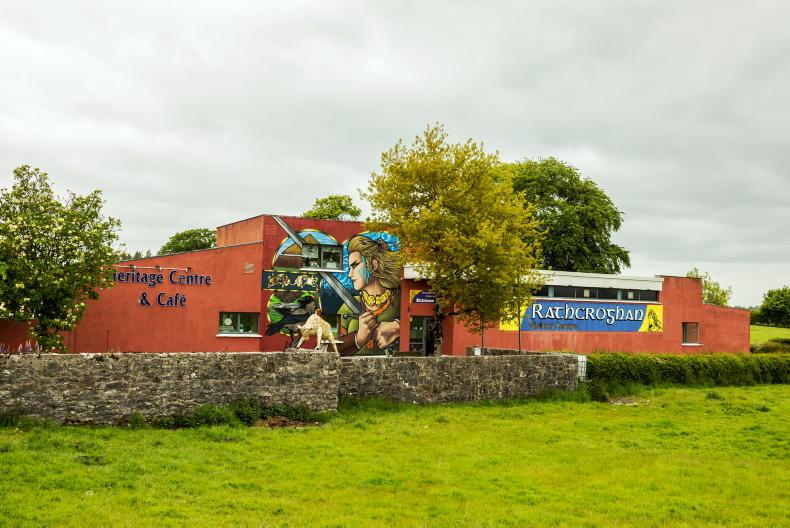
The EIP is very much a bottom-up approach. At the start of the year, the project manager walks each landholding with the farmer to identify possible ways to improve it. An example would be fencing off poached areas with low-impact fencing that doesn’t break ground to allow it recover. At the end of the year, the farmer and project manager will go out again and score the improvements. Payments are based on landscape improvement and actions taken.
Innovation
A result of the project has been a number of innovations being designed from walking stiles to scratching posts to resting frames, none of which break ground.
Damage, however, is not just from farming. This is not a green-field site and people have always been traversing the landscape to access the archaeology and disenfranchising farmers as a result. By becoming part of the waymarked walking trail through the sites, the farmers will receive a payment to maintain their section of the walk as well as public liability insurance by virtue of being in the Sport Ireland register for walks.
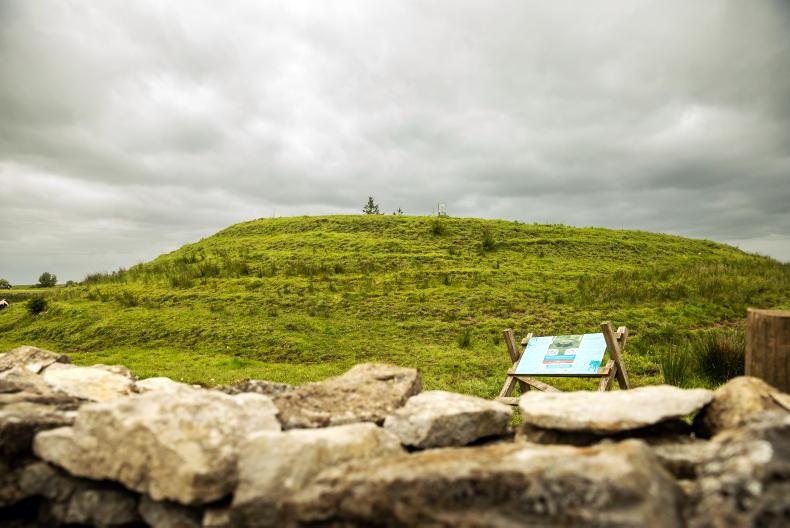
“We’re trying to put the building blocks in place that unmanaged access is a thing of the past. Again, simply trying to close the gaps between the heritage offering, the tourism offering, and those that are custodians of the land.”
Two heavily scarred sites within the EIP were the subject of trialling restoration works this year, which Daniel says is the project “becoming the model test case for best practice in the preservation of sites and their maintenance in farmed landscapes. We want that modelling to be transposed if possible to other parts of the country and across Europe. Our EIP is the only EIP in Europe that deals with cultural heritage.”
Daniel is adamant that, as a landscape farmed for five and a half thousand years, there is no point in turning this into an outdoor museum where no one lives on the land.
“This has been a farmed place. It’s here because of farming and farming is minding it.”
For Irish Country Living, of the monuments, it is the cave that we found most intriguing. Oweynagat (Uaimh na gCat / Cave of the Cats) was described by early Christian scribes as the ‘Gate to Hell’ - the entrance to the otherworld from Ireland.

Visitor centre manager Daniel Curley in Oweynagat (Uaimh na gCat / Cave of the Cats), described by early Christian scribes as the ‘Gate to Hell’ .
\ Philip Doyle
It was the belief that the gate opened on Samhain (Halloween) each year, allowing dead souls to enter the world of the living from hell. Another fear was that massive dangerous beasts including a triple-headed pig emerged from the cave to wreak havoc on the land. It was also said to be home to the Mórrígan, the shapeshifting goddess of battle and war. She features prominently in the Táin Bó Cuailgne (Cattle Raid of Cooley), initially as a beautiful young woman seeking to seduce the warrior Cú Chulainn, but when rejected, seeks to destroy him. You might recognise her from the statue of Cú Chulainn in the GPO. She is the raven that sits on his shoulder when she succeeds in that quest.
Was she real - Queen Medb – who is buried in Cruachan Aí (Rathcroghan)? What about the Táin Bó Cuailnge, the Mórrígan or Cú Chulainn? What truth underlies our national epic tale?
“I would say she exists, but not in the form that we might think. She is all around us still, particularly farmers.”
This is the view of Rathcroghan visitor centre guide Mike McCarthy. However, if you have strong contradictory feelings, I suggest that making the trip to Tulsk, Co Roscommon, to the seat of the infamous queen might be enlightening for you.
“It’s like our Iliad, our Odyssey. And what is lovely for us here in Cruachan Aí, the ancient capital of Connacht, is that it not only begins here, but it ends here as well,” Mike tells me as we meander around the varied displays throughout the centre.

Visitor centre manager Daniel Curley in Oweynagat (Uaimh na gCat / Cave of the Cats), described by early Christian scribes as the ‘Gate to Hell’ .
\ Philip Doyle
One of six royal sites in Ireland, Mike’s (completely unbiased!) view is that Rathcroghan is the oldest and best. It’s also the biggest, spread out over four square miles.
Run by Tulsk Action Group – so in effect the local community – the museum employs up to 17 staff between historians, community service workers, part-time and seasonal staff. A not-for-profit organisation, anything made goes back into the keep of the site and museum and promoting it. And uniquely for a county museum, it is home to 35 artefacts on loan from the National Museum in Dublin.
Our Irish timeline
The museum’s timeline of Irish history begins 6,000 years ago in the Neolithic period, with the first farmers coming to Ireland.
“Good farmland and farming are the reason that there are still 240 monuments here, dating back to this time and then through into the medieval period. The reason we have them is farmers minded them and the EIP [see below] seeks to ensure that this isn’t the last generation to do so,” explains Mike.

Before the Vikings started to build the first towns in Ireland, it was a smaller, more scattered rural farming population largely covered in bog and forest. If a king was to be crowned, it was done at a time of a seasonal mass assembly, during one of the four traditional Irish festivals of Imbolc, Bealtaine, Lughnasa and Samhain, on a landscape like Cruachan Aí.
It also held another function, Mike assured me, which the medieval monks recorded in their descriptions of this area. “They regarded it as one of the three great heathen cemeteries of Ireland, a burial ground for kings of Connacht…”
“And Queens?,” I prompt.
A further point of difference is that in the modern-day sense, Cruachan Aí is not excavated, it’s untouched.

“Everything we know about it comes largely from geophysical surveys. From the 1990s that technology improved and the university in Galway began a large-scale project to literally show you what lies beneath. This was the impetus for the visitor centre,” Mike says.
Although unexcavated, what you can see includes prehistoric burial mounds, ringforts, standing stones, linear earthworks, stone forts and the Irish gate to hell.
A walk through history
A bypass will soon take traffic from Tulsk, Ballinagar, Strokestown and Frenchpark and these give small rural villages a bit more space. The Rathcroghan Centre manager Daniel Curley says there are two ways you can look at this development.
“You take that artery away from the villages and things that are on a downward turn could be sent even further in that direction; but the way we will look at it, is to use it as an opportunity?.
“I actually had a meeting yesterday about an active travel initiative that’s being proposed, which would link Tulsk to Rathcroghan to the archaeology by walking trails and cycling routes. That would link up with a project that we’ve already received funding for. This is a way-marked walking trail that would bring visitors on a 13km loop through the sites. Over half a million euros has been secured from the outdoor recreation infrastructure scheme (ORIS).”

A history teacher, Daniel started working as the visitor centre education officer initially but it was a mentor, Dr Kieran O’Connor from the Department of Archaeology in Galway, that pushed him, saying: “You could be the one to bridge the gap between the archaeologists, heritage-interested, folk and tourist visitors and farmers.”
The necessity for this, he explains, was that “there were massive gaps between the custodians of the land and those that were making – albeit an incredibly small dividend, economic, employment, or social advantage by bringing visitors out here. So, it’s a deliberate attempt on our part to close those gaps.”
An initial meeting of the group brought together three farmer representatives, archaeological interests, the visitor centre staff and the heritage officer. The realisation was that the way things were, no one was at any great advantage farming or archaeologically and Rathcroghan was not being considered properly either.

The museum’s timeline of Irish history begins 6,000 years ago in the Neolithic period.
A collaboration was required, which was the drive to get Farming Rathcroghan, a European Innovation Partnership (EIP), funded over a five-year period.
Of the imminent end of the project, Daniel – who is secretary of the EIP – admits: “We are all currently pulling our hair out to try to figure out how to get it re-funded and expanded.”
Archaeology and farming together
Tulsk sits 60m above sea level, but as Daniel and I sit in the car park at the foot of the mound, we are 120m above sea level. Our short walk to the top puts us at 150m, a 90m rise in 3.5km.
The views in all directions are phenomenal. “It’s no coincidence that the archaeology is perched there to take advantage of that,” says Daniel.
Why does Daniel come at this from a height point of view?
“As you get above the 120m contour line, that’s when the archaeology blooms but it’s also when we see huge limitations and restrictions on what a farmer can do out here,” he explains.

Rathcroghan visitor Centre’s Táin Bó Cuailnge.
“There is a map layer, which we refer to as the archaeological zones of notification, so around a ringfort, you might have a 5m buffer line and if you want to do anything within that circle, you have to get ministerial consent. In real terms, that means you are breaking the law, you are committing an illegal action if you engage in anything without consent from the archaeological community and State legislation. So entire land holdings within Rathcroghan are within these archaeological zones of notification. That means not just that you’ve got a limitation on your farming practice, but it also means that there hasn’t been a new house built out here in 30 years.”
If you take the strictest line, there is no heavy ploughing, no reseeding, technically no breaking ground, which means if fences deteriorate – not rebuilding them.
“This is what the farming project is trying to massage into a situation that’s a bit more cop-on based,” Daniel exclaims.
Although there are supports in various schemes, Rathcroghan differs from other areas of Ireland and Europe due to the density of the archaeology – 240 sites in a 6.5km2 area.
“That means that an ACRES or a GLAS, or an ecological line within any of those schemes, literally is just a drop of water into the bush. We’re trying to do something more robust and resilient so the next generation sees the benefit of living and farming in the vicinity of the archaeology and sees it as a resource.”

The EIP is very much a bottom-up approach. At the start of the year, the project manager walks each landholding with the farmer to identify possible ways to improve it. An example would be fencing off poached areas with low-impact fencing that doesn’t break ground to allow it recover. At the end of the year, the farmer and project manager will go out again and score the improvements. Payments are based on landscape improvement and actions taken.
Innovation
A result of the project has been a number of innovations being designed from walking stiles to scratching posts to resting frames, none of which break ground.
Damage, however, is not just from farming. This is not a green-field site and people have always been traversing the landscape to access the archaeology and disenfranchising farmers as a result. By becoming part of the waymarked walking trail through the sites, the farmers will receive a payment to maintain their section of the walk as well as public liability insurance by virtue of being in the Sport Ireland register for walks.

“We’re trying to put the building blocks in place that unmanaged access is a thing of the past. Again, simply trying to close the gaps between the heritage offering, the tourism offering, and those that are custodians of the land.”
Two heavily scarred sites within the EIP were the subject of trialling restoration works this year, which Daniel says is the project “becoming the model test case for best practice in the preservation of sites and their maintenance in farmed landscapes. We want that modelling to be transposed if possible to other parts of the country and across Europe. Our EIP is the only EIP in Europe that deals with cultural heritage.”
Daniel is adamant that, as a landscape farmed for five and a half thousand years, there is no point in turning this into an outdoor museum where no one lives on the land.
“This has been a farmed place. It’s here because of farming and farming is minding it.”
For Irish Country Living, of the monuments, it is the cave that we found most intriguing. Oweynagat (Uaimh na gCat / Cave of the Cats) was described by early Christian scribes as the ‘Gate to Hell’ - the entrance to the otherworld from Ireland.

Visitor centre manager Daniel Curley in Oweynagat (Uaimh na gCat / Cave of the Cats), described by early Christian scribes as the ‘Gate to Hell’ .
\ Philip Doyle
It was the belief that the gate opened on Samhain (Halloween) each year, allowing dead souls to enter the world of the living from hell. Another fear was that massive dangerous beasts including a triple-headed pig emerged from the cave to wreak havoc on the land. It was also said to be home to the Mórrígan, the shapeshifting goddess of battle and war. She features prominently in the Táin Bó Cuailgne (Cattle Raid of Cooley), initially as a beautiful young woman seeking to seduce the warrior Cú Chulainn, but when rejected, seeks to destroy him. You might recognise her from the statue of Cú Chulainn in the GPO. She is the raven that sits on his shoulder when she succeeds in that quest.
















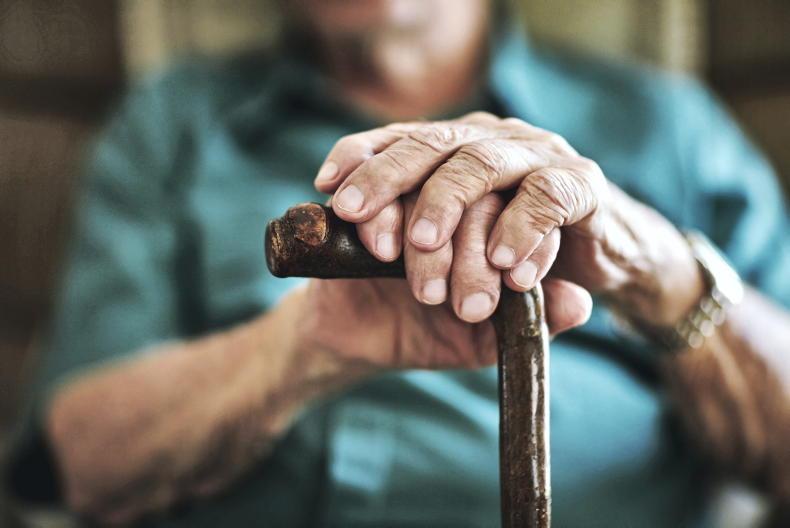
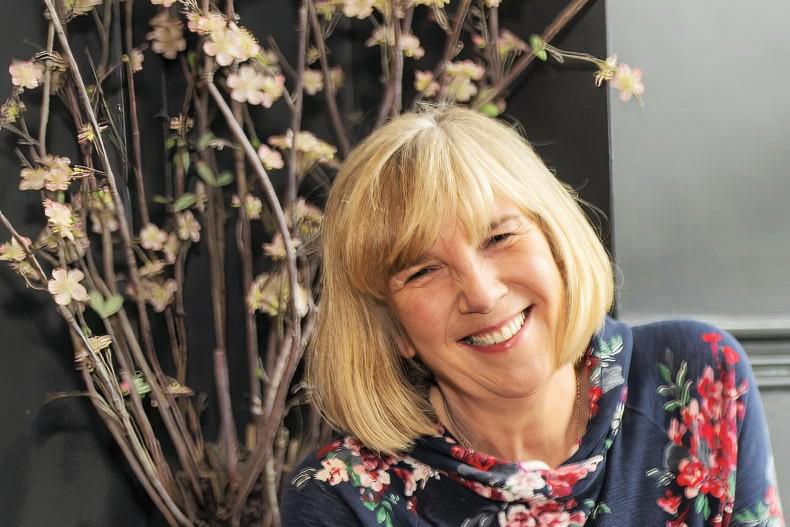
SHARING OPTIONS